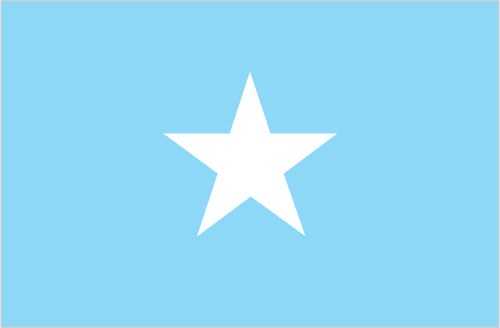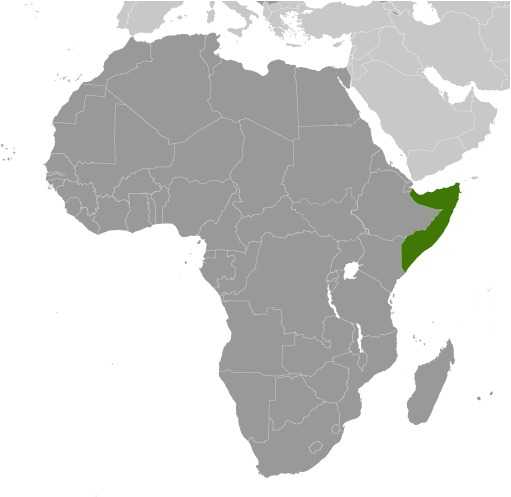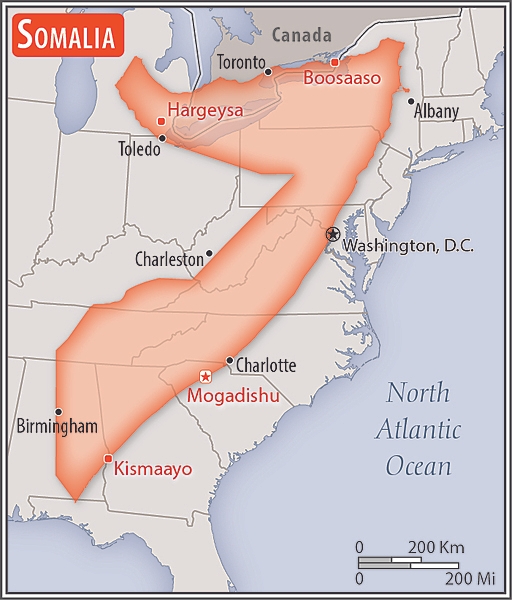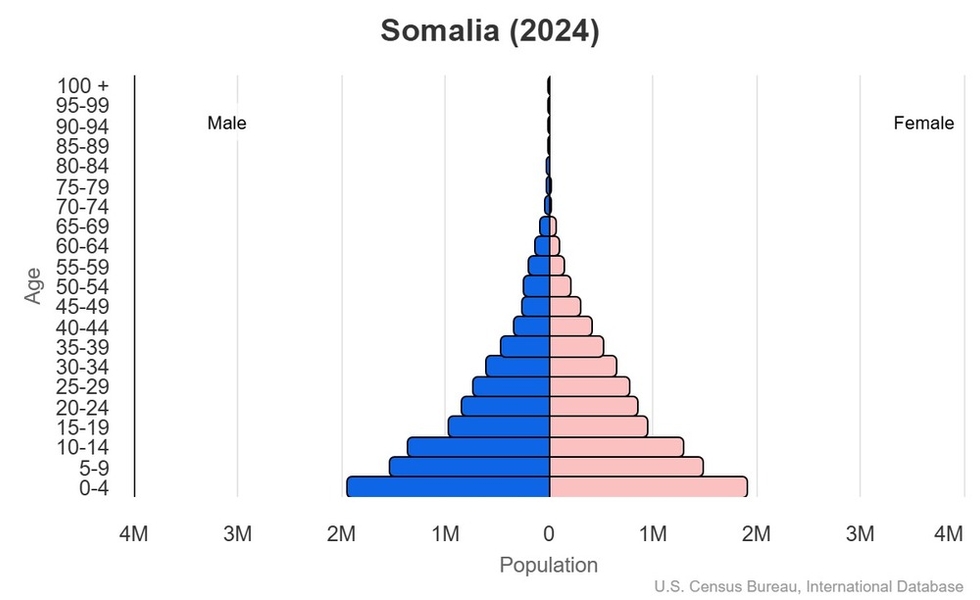Introduction
Visit the Definitions and Notes page to view a description of each topic.
Geography
People and Society
Population
comparison rankings: total 78; male 79; female 78
Median age
comparison ranking: total 215
Population growth rate
comparison ranking: 15
Birth rate
comparison ranking: 8
Death rate
comparison ranking: 23
Net migration rate
comparison ranking: 136
Maternal mortality ratio
comparison ranking: 6
Infant mortality rate
comparison ranking: total 2
Life expectancy at birth
comparison ranking: total population 225
Total fertility rate
comparison ranking: 8
Obesity - adult prevalence rate
comparison ranking: 153
Alcohol consumption per capita
comparison ranking: total 188
Education expenditure
comparison ranking: Education expenditure (% GDP) 200
Environment
Carbon dioxide emissions
comparison ranking: total emissions 175
Government
National anthem(s)
Economy
Real GDP (purchasing power parity)
comparison ranking: 150
Real GDP growth rate
comparison ranking: 72
Real GDP per capita
comparison ranking: 213
Inflation rate (consumer prices)
comparison ranking: 162
Labor force
comparison ranking: 101
Unemployment rate
comparison ranking: 181
Youth unemployment rate (ages 15-24)
comparison ranking: total 16
Taxes and other revenues
comparison ranking: 153
Debt - external
comparison ranking: 91
Energy
Electricity
comparison rankings: installed generating capacity 180; consumption 181; transmission/distribution losses 22
Energy consumption per capita
comparison ranking: 195
Communications
Telephones - fixed lines
comparison ranking: total subscriptions 136
Telephones - mobile cellular
comparison ranking: total subscriptions 96
Broadband - fixed subscriptions
comparison ranking: total 128
Transportation
Merchant marine
comparison ranking: total 172




